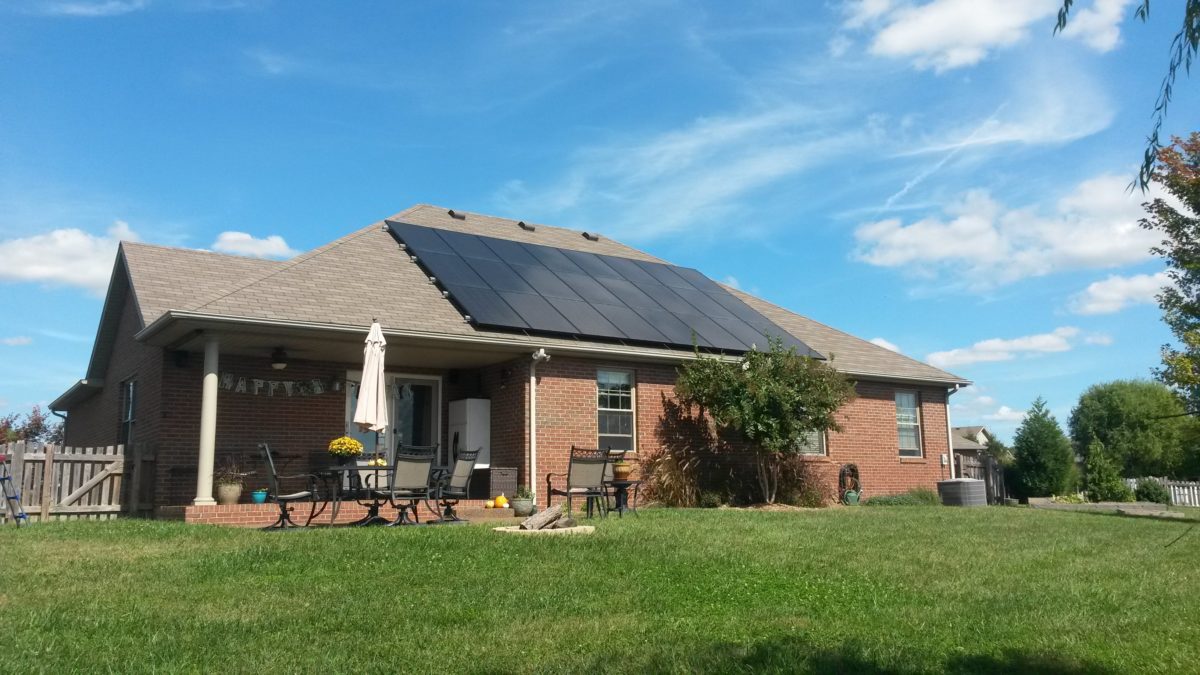
Indiana regulators slash a net metering rate, advise solar owners to buy a battery
One installer said the ruling would extend payback periods to as long as 25 years and effectively dry up new business in southwest Indiana.
And some think NEM3 might not change much in Calif? Shall see. Batteries are really the only way to deal with, but still no ROI, IMO


